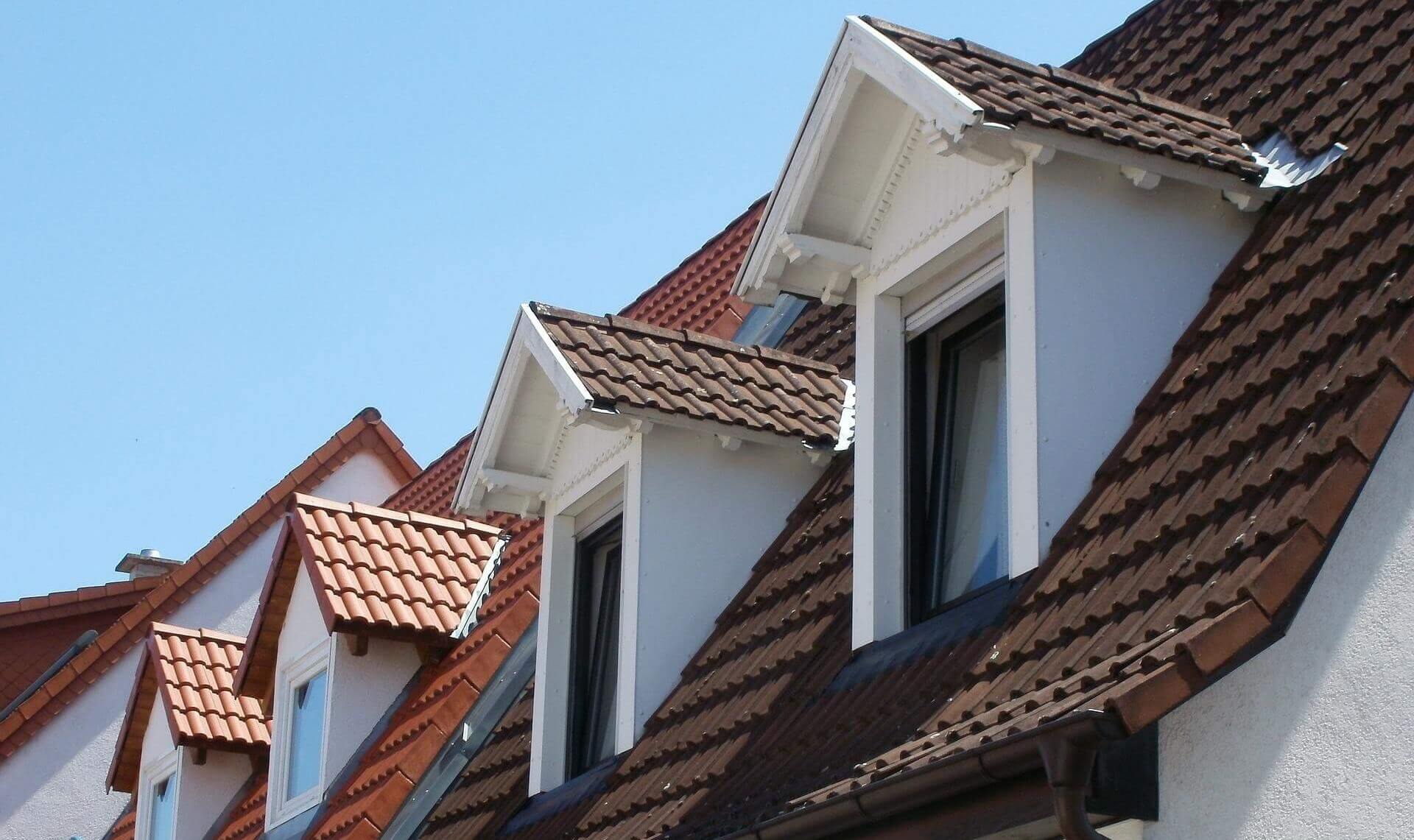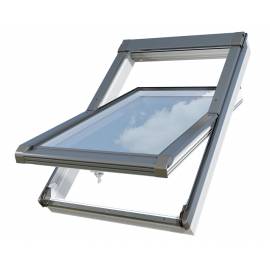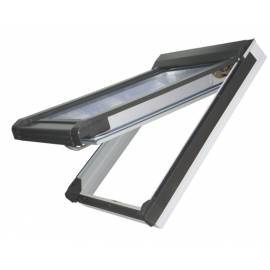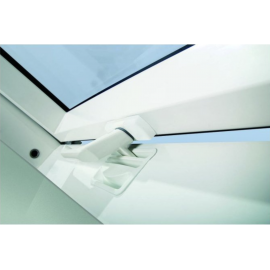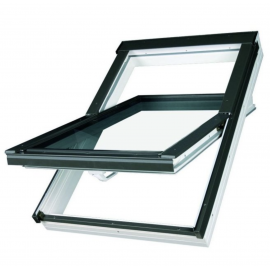uPVC frames are some of the most widespread window solutions used in residential buildings. First introduced back in the 1980s, these window frames have proven themselves to be better than traditional windows in many aspects. The uPVC material offers significant advantages over wood or aluminum in both customizability and durability. But how exactly are uPVC window frames made?
To properly answer that question, you should first understand what exactly uPVC is and how this material can benefit your home. Once that’s covered, the manufacturing process should be easier to follow. Read on and see the ins and outs of the uPVC window frames for yourself.
Table of Contents
What Is uPVC, and Why It’s So Good?
uPVC, short for unplasticized polyvinyl chloride, is a hard plastic material commonly used as a substitute for wood or metal. You might have heard about a similar polymer, the PVC. uPVC differs from its more well-known cousin because it contains no softening materials, hence unplasticized. It’s commonly used in making window frames for a number of reasons.
First of all, uPVC is highly durable and has minimal maintenance requirements. That’s a significant advantage for homeowners, as it means fewer upkeep expenses compared to traditional wooden or metal frames. As a material, uPVC doesn’t rot or fade after years of being exposed to the sun.
uPVC window frames are remarkably customizable, coming in a wide variety of shades or colors. These frames can be cut into many different forms using both traditional tools as well as a CNC turning parts manufacturer.
uPVC frames are highly resistant to both pollution and burglary attempts. They also offer great insulation capacity, preventing excessive temperature loss even in harsh conditions.
Now that you understand the material’s properties better, it’s time to explore the manufacturing process in more detail.
Other products in category: Sunlux centre pivot
£169.17 tax excl.
Other products in category: Sunlux top hung
£178.33 tax excl.
Forming Resin
The initial step in forming uPVC profiles, such as window or door frames, starts with the creation of a special resin.
High-quality materials are mixed and then supplemented with certain chemical compounds, such as Titanium Dioxide (TiO2) or Calcium Carbonate (CaCO3), to ensure that the future profiles are durable and UV-resistant. No lead is used in the resin to make the process less environmentally damaging.
Now that resin has been made and mixed with the required additives, it’s time for a second phase.
Extrusion of uPVC Profiles
Because the resin is in a powdered form, it needs to be heated to be able to form the desired objects. The uPVC resin is heated to its melting point and injected into a die shaped like the final product. This process requires a specific temperature range to work, usually ranging between 200 and 275 degrees Celsius.
To ensure that the resin solution is well distributed and accurately churned, it is constantly mixed with large-scale automated mixing equipment. At this point, the extruded window profile is taking its planned form.
Shaping Takes Place
Once uPVC window profiles are made, they’re cooled using a water solution. This is because the rapid cooling process allows the profiles to solidify and achieve their characteristic durability.
Once cooling has finished, it’s time to properly cut the profiles – this is the part where uPVC window profiles get their final standardized dimensions or shapes. Because uPVC is so flexible, the window styles possible to create with it are nearly unlimited – from typical rectangular frames to beautiful rustic shapes.
Reinforcing the Profiles and Installing Elements
Pure uPVC might not be strong enough for modern applications. Because of that, uPVC window profiles are often reinforced. The most common material here is galvanized steel, which is usually fixed inside the profile.
Now begins the final stage of the manufacturing process – the installation of various elements. At this point, sealing strips are added to the extruded uPVC window frames to ensure good insulation and isolation from the outside elements like rain or wind. Next, hardware elements such as window hinges, handles, locks, or bridges are mounted.
Finally, the glass panes are installed into the ready uPVC window frames. Glass can vary a lot here, depending on the model and specifications, and has a significant impact on the properties of the windows. For example, uPVC window frames can hold the insulating glass to ensure the minimum temperature loss. However, they can also be fitted with laminated or tempered glass if you prioritize security over everything else.
Other products in category: PVC Roof Windows
£161.67 tax excl.
Other products in category: PVC Roof Windows
£266.67 tax excl.
Inspection Of the Products
Once the uPVC window frames are completed, they need to be carefully inspected to ensure their quality. Although this step might vary from one producer to another, some procedures are almost universal.
First, the manufacturing process is subjected to routine inspections – looking at the cutting procedure and checking the cutting angle, size, and shape position. During the inspection of the hardware installation procedure, the hardware position, quantity, and performance are analyzed. Finally, the glass installation process is checked for issues.
While the manufacturing procedure might be good, there’s always a risk of something going wrong with the final product. Because of that, a sample of uPVC window frames is taken and inspected in detail.
The inspection here consists of looking at various elements of the sampled uPVC window frames and checking them for issues. Some of the parts checked are the steel used in reinforcement or the installed sealing strips. In the end, the entire uPVC window frame’s appearance is inspected to make sure its visual appeal wasn’t damaged in the manufacturing process.
Finally, the now-ready window profiles are packaged using protective tapes and labeled accordingly.
The Bottom Line
Manufacturing uPVC window frames might seem like a complex procedure, but it’s actually quite simple. The process starts with creating the uPVC resin, which is then mixed with various additives. This mixture is heated, injected into the die, and starts to take the initial form.
Once the desired shape is achieved, the profiles are cooled and cut to their final dimensions. Next, elements such as reinforcement, hardware, or glass panes are installed into the uPVC window frames. The window profiles are finally inspected and prepared for shipping.
Hopefully, now that you understand how uPVC window frames are made, you can trust them to make your home much better than before!
